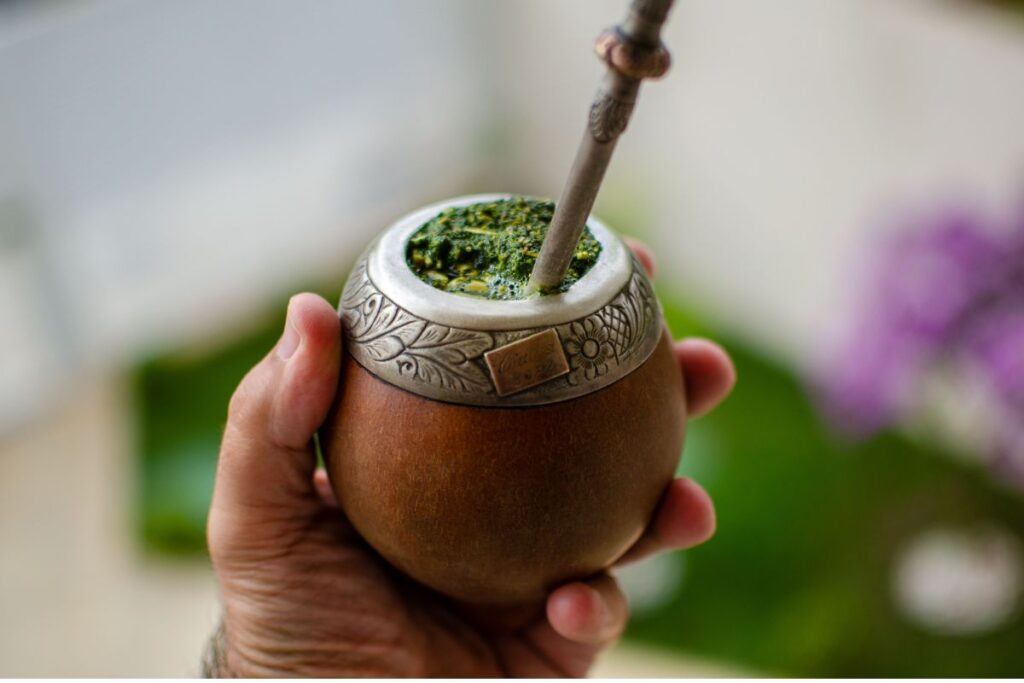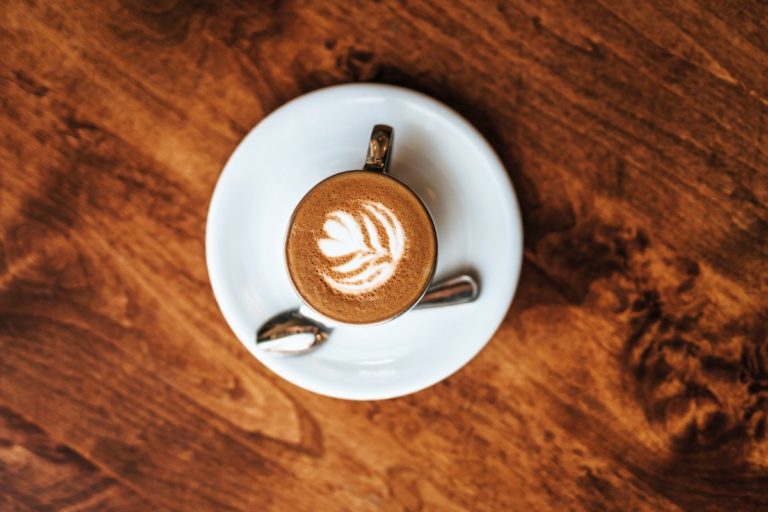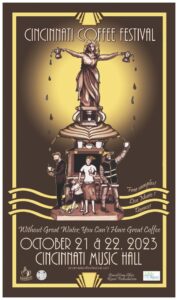Argentina; the second largest country in South America.
This is a country as diverse as they come. It has four different types of climates: from subtropical to polar and everything in between.
It is also one of the most biodiverse countries in the world thanks to its huge ecosystem variety.
The wonders of Argentina are too many to count — and it is one of those countries that you just have to visit sometime.
And, when you do, you don’t wanna miss out on all the delicious coffee that Argentina has to offer.
Affiliate disclosure
This page may contain affiliate links – we may earn a small commission when you make a purchase through these links. This is at no extra cost to you.
In this article, we’ll tell you all about certain drinks that you can order in Argentina as well as teach you some basic Spanish to order them the way you want.
Coffee in Argentina
Argentina is a very diverse country in terms of ethnicity, too.
In the 19th and 20th century it welcomed lots of people from Europe.
Most famously it welcomed people fleeing from WWI and WWII.
A lot of these people came from Italy.
This would go on to be one of the biggest factors that would influence Argentinian culture.
Nowadays, over 65% of the population are of Italian descent.
Italian culture can be felt everywhere
The Argentinian accent has similarities with Sicilian accent, for example. Argentinian cuisine is largely variations of Italian cuisine.
Finally, coffee. Italians have always loved good coffee and with them came the appreciation for espresso, something that was rather new in South America.
So Argentina became one of the first countries to adopt the espresso and coffee shops just like those you would see in Europe opened up one after another in Buenos Aires.
By the way, have you had a look at our resources and deals page yet?
Yerba mate: coffee’s #1 rival
The popularity of coffee in Argentina is a wonder since there was already a hot beverage that rivaled coffee.
And it wasn’t coffee: it was the centuries-old native beverage, Yerba Mate.
Yerba mate had been consumed in the region before Spanish colonizers arrived in the continent, although it is unclear how widespread its consumption was.
It is generally agreed upon that it was consumed in Paraguay and parts of Argentina and perhaps Brazil; mostly around the area which borders these three countries.
Yerba mate is prepared by mincing the Yerba mate plant (stems and all) and then brewing with hot water.
Only enough water for a few sips is poured and then more water is poured once this runs out; the same yerba mate can be reused several times.
The yerba mate is sipped using a special metal straw which prevents the minced leaves from making their way into your mouth.
Now — why was yerba mate any different from tea in terms of competition?
Because yerba mate has a lot of caffeine.
Reports vary on exactly how much caffeine there is in yerba mate and many fail to consider that the same yerba mate is reused, not to mention that the usual serving of yerba mate is more than 8 ounces, the standard cup.
So, yerba mate was a formidable rival for coffee.
It contained a lot of caffeine, it was tasty, and it was readily available and much cheaper. And yet, Buenos Aires turned into one of the coffee capitals of the world.
Even today, yerba mate is undoubtedly the country’s favorite beverage.
Most stores carry tens of different yerba mate brands with flavored, organic, and decaf products just like coffee in other places.
And even then, coffee is extremely popular.

Coffee culture in Argentina
Coffee culture in Argentina, as briefly mentioned before, is heavily influenced by Italian coffee culture.
And although this is true for any country out there, it is particularly so when it comes to Argentina.
Take the moka pot, for example.
The moka pot was invented in the 1930s in Italy before espresso makers were commonplace, and it was a gigantic hit.
Every household in Italy had a moka pot and the majority of people still do — up until very recently, this is how people made espresso at home, before the popularization of home espresso machines.
With the arrival of Italian immigrants to Argentina, so did espresso and, more importantly, the moka pot.
This would become the country’s most popular and widespread method to brew coffee, even more so than the French press and other brewing methods.
Eventually, the company Volturno would be founded, which manufactures moka pots of the highest quality and, in many places of the country, the word Volturno is synonymous with coffee.
To order a Volturno is to order what is called a “pocillo”; a moka pot coffee serving.
Even in the presence of Volturno, the Bialetti brand is also very popular in Argentina.
This is the “original” moka pot brand and is sold relatively well.
So now let’s focus on Argentinian coffee drinks.
What they are, how to order them, and so on.
Argentinian coffee drinks
Keep in mind that when ordering coffee, you’ll usually get a snack.
A traditional Argentinian snack that’s served with coffee are facturas, a type of pastry.
You can usually choose between sweet or salty.
The most common facturas are medialunas, a small, chunky croissant.
Expect to always be served a factura with your coffee whether you order them or not!
After all, the typical breakfast in Argentina is either yerba mate and facturas or coffee and facturas.
Traditional coffee shops will almost always serve another beverage along with your coffee: either sparkling water, plain water, or fresh pomelo or orange juice.
Café
The word coffee is only used to refer to espresso.
You’ll rarely use the word espresso in a regular, traditional coffee shop, although modern coffee shops use the same lingo as the rest of the world.
Café, then, gets you a cup of espresso.
The standard is two shots of espresso.
You can also order a “small coffee”, “café chico”. That will get you just one shot of espresso.
Cortado
This drink appears in all Spanish-speaking countries, and it is quite similar to the macchiato.
In short, cortado is espresso with just a drop of milk.
Sometimes this is steamed milk, sometimes regular milk; some coffee shops use just foam.
Lágrima
Meaning “teardrop”, the lágrima is a classic Argentinian coffee drink.
It is supposed to be a light drink, to be had by itself as a light breakfast or snack.
Lágrima is the complete opposite of the macchiato.
Where you would have a cup of coffee with a drop of milk, this is a cup of milk with a drop of coffee.
Pocillo
This is the name of moka pot coffee.
A pocillo is usually just the bottom of an espresso cup, so it’s equivalent to one shot of espresso, usually less.
Take with plenty of sugar.
Although the pocillo is the most traditional of all Argentinian coffee, it is not in vogue as it once was.
You may find that some coffee shops don’t serve it anymore, but it’s one of the best coffees you can find in Argentina – if you do find it.
Café con crema
The same as the café, but this one has been topped with whipped cream.
It is as simple as it sounds – and quite delicious.
As you may have noticed, all these drinks are black coffee. That means they have no milk.
While lattes and cappuccinos are very popular in Argentina, coffee culture in the 20th century consisted largely of black coffee drinks.
And, to this day, black coffee reigns supreme in Argentina.
You can still find places that make good coffee-with-milk types of drinks, but don’t count on it.
Another very important aspect of coffee culture in Argentina is when to drink coffee.
If you’re familiar with European coffee culture, then you might find that they share many similarities.
For example, an after-lunch small coffee is quite common.
Photos by Tyler and Messala Ciulla





